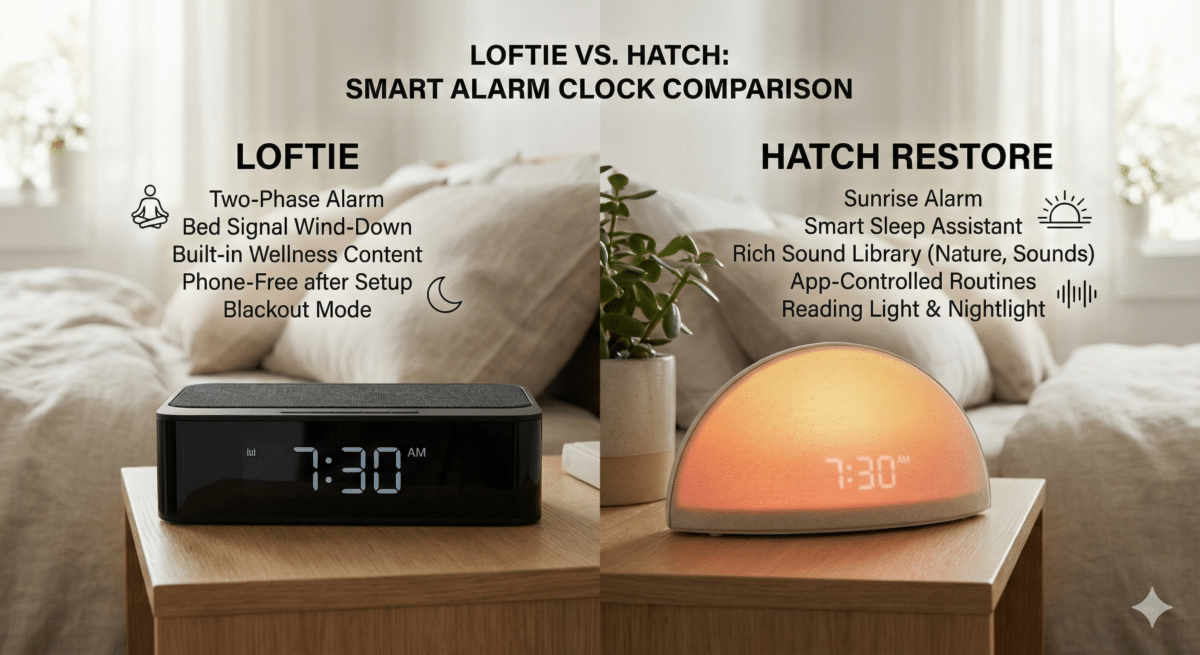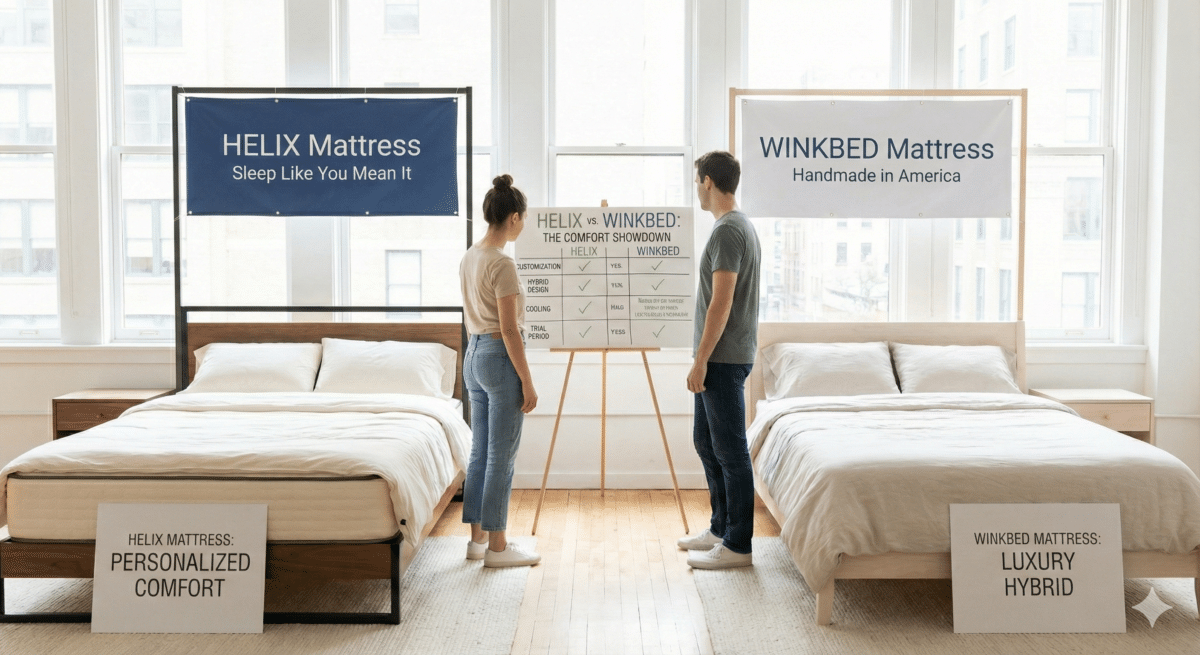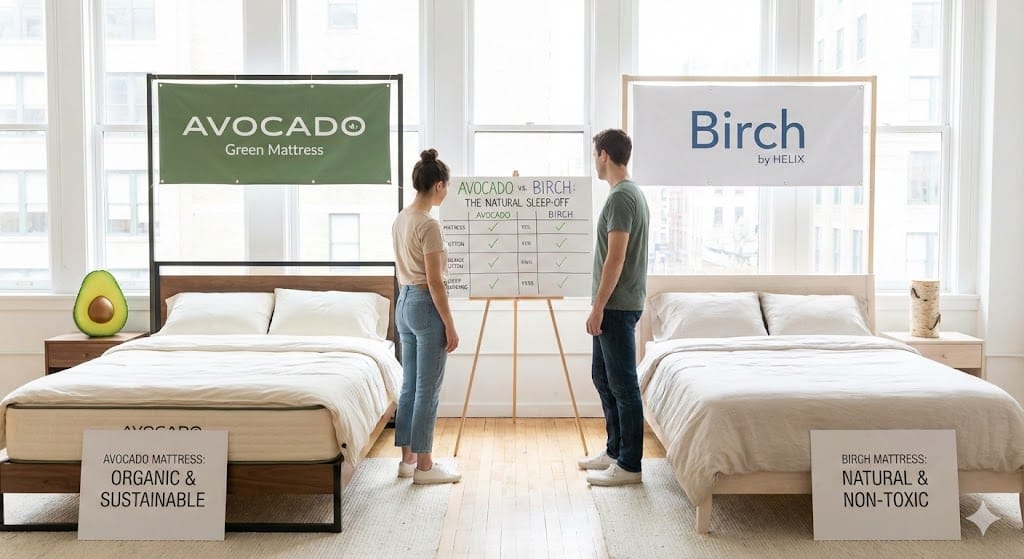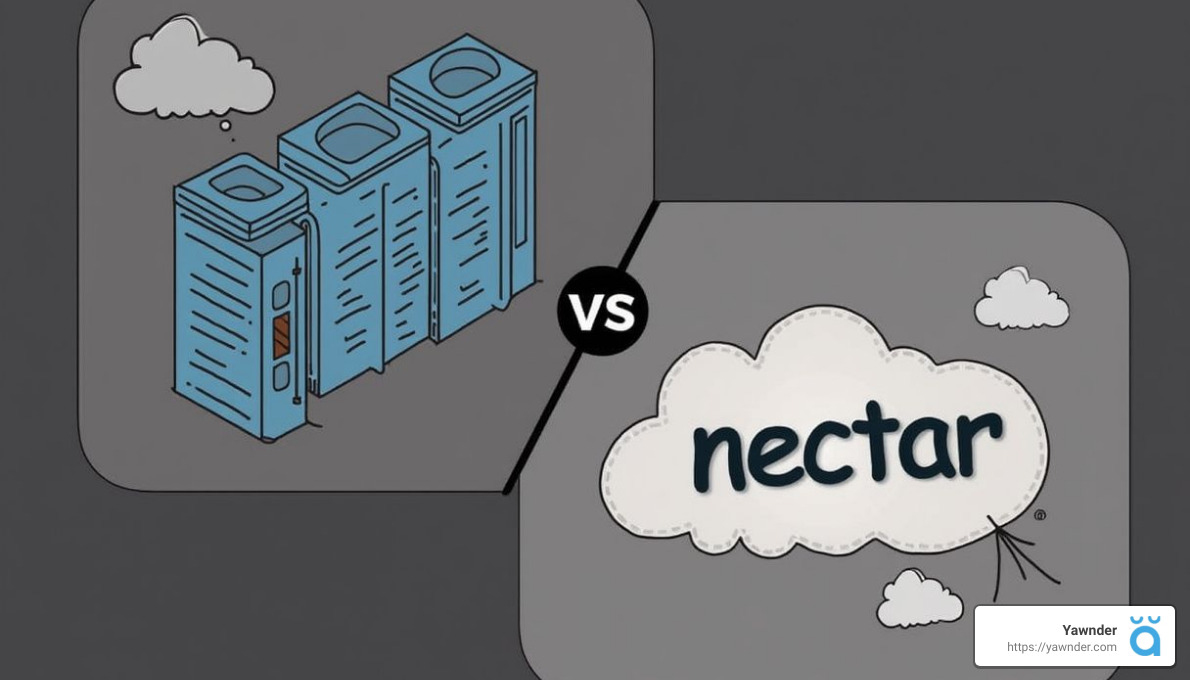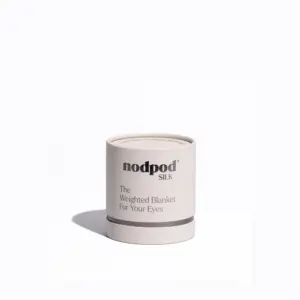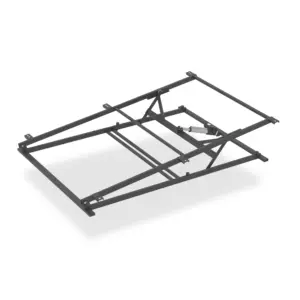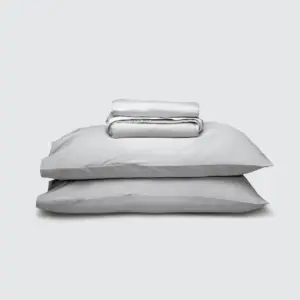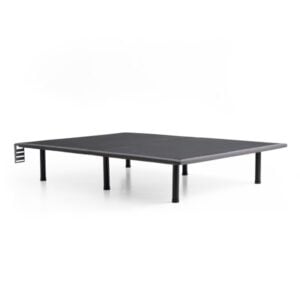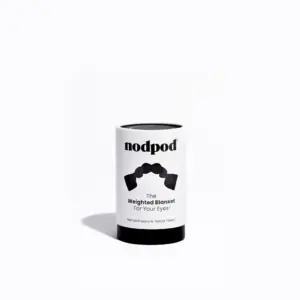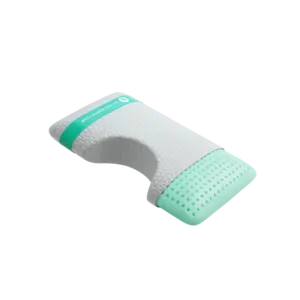Keep It Fresh: How Often to Clean Your Hypoallergenic Mattress Cover
Introduction
When it comes to maintaining a healthy sleeping environment, one question frequently arises: how often should you clean your hypoallergenic mattress cover? Ideally, you should clean your hypoallergenic mattress cover every one to two months. This practice not only minimizes allergens but also ensures your mattress remains in excellent condition.
A mattress cover is more than just a protective layer; it is an essential component that safeguards your investment from dirt, stains, and allergens. Experts, including Alicia Sokolowski, highlight its importance in preventing mold, bacteria, and dust mites from proliferating. This is particularly critical for allergy sufferers, as a clean cover contributes to a healthier sleep space.
Yawnder emphasizes the necessity of using allergen-proof mattress covers for a comfortable night’s sleep. Regular cleaning can prolong your mattress’s lifespan while maintaining a hygienic environment, allowing you to wake up refreshed and well-rested.
Why You Need a Hypoallergenic Mattress Cover
Protects from Dirt and Stains
If you love enjoying breakfast in bed or a cup of coffee while lounging, spills are inevitable. A hypoallergenic mattress cover acts as a barrier, preventing any mishaps from damaging the mattress. Sokolowski explains, “A mattress cover creates a barrier between your mattress and accidents.” By maintaining this protective layer, your mattress remains pristine for longer.
Extends Mattress Lifespan
Investing in a quality mattress is no small feat, and maintaining that investment is crucial. A hypoallergenic cover helps maximize the longevity of your mattress. Katie Dills, Senior Vice President at The Cleaning Authority, states, “Mattress covers help extend your mattress’s lifespan and quality.” By safeguarding against everyday wear and tear, you ensure comfort for years to come.
Prevents Mold and Bacteria Growth
Over time, mattresses can become breeding grounds for mold and bacteria, particularly in humid conditions. Sokolowski points out that a mattress cover is vital for “preventing the growth of mold, bacteria, and dust mites.” This protection is essential for creating a healthy sleep environment.
Reduces Dust Mites
Dust mites, microscopic creatures that thrive in warm, humid environments, can worsen allergies. A hypoallergenic mattress cover significantly reduces their presence. As Sokolowski explains, “Mattress covers can help reduce the number of dust mites in your bed.” For allergy sufferers, this feature is invaluable.
By protecting against dirt, stains, mold, bacteria, and dust mites, a hypoallergenic mattress cover is fundamental to maintaining a clean and healthy sleep environment.
How Often to Clean Your Hypoallergenic Mattress Cover
Factors Influencing Cleaning Frequency
When determining how often to clean your hypoallergenic mattress cover, several factors come into play, including your lifestyle, allergies, and whether you have pets.
General Guidelines
– Every 1 to 2 months: This timeframe is recommended for most people. Katie Dills suggests that “cleaning your mattress cover once every one to two months” is effective for maintaining a hygienic sleeping environment.
– Every 6 to 8 weeks: This interval also strikes an ideal balance between cleanliness and convenience.
Specific Scenarios
– Pets and Spills: If pets share your bed, or you frequently experience spills, washing your cover more often is advisable. Sokolowski advises, “You might need to wash it more if you allow pets on your bed.”
– Allergies: If you suffer from allergies, aim to wash your cover monthly to mitigate the accumulation of dust mites and skin cells.
– Body Fluids: Sweat and other bodily fluids can gradually build up, creating an environment conducive to bacteria. Regular cleaning is essential to combat this.
Less Frequent Cleaning
– Once or Twice a Year: Some individuals may wash their covers less frequently, particularly if allergies or pets are not a concern. However, this is generally not recommended for a healthy sleep environment.
– Three to Four Times a Year: For those without allergies or pets, this frequency may suffice, ensuring cleanliness without added burden.
Quick Tips:
– Spills: Clean any noticeable stains immediately to avoid permanent damage.
– Monitor Allergies: If you start experiencing allergy symptoms, it may be time to increase your washing frequency.
By considering these factors, you can create an effective cleaning schedule that guarantees a clean, healthy, and comfortable sleep environment.
Best Practices for Washing Hypoallergenic Mattress Covers
Step-by-Step Washing Instructions
Keeping your hypoallergenic mattress cover clean is vital for sustaining a healthy sleep space. Here’s how to do it effectively:
1. Check the Care Label: Always refer to the manufacturer’s care instructions for specific guidelines on washing and drying.
2. Machine Washable vs. Dry-Clean Only: Most hypoallergenic covers can be machine washed; however, some may require dry cleaning. Follow the appropriate method to avoid damage.
Preparation:
– Zip It Up: Ensure the zipper is closed to prevent snagging.
– Pre-Treat Stains: Treat visible stains with a natural stain remover or a mild detergent.
Washing:
– Use Warm Water: Opt for warm water, as hot water can degrade the fabric.
– Gentle Cycle: Set your machine to a gentle cycle to maintain the fabric’s integrity.
– Natural Detergent: Use mild, natural detergents. Avoid bleach and fabric softeners to prevent irritation.
Drying:
– Air-Dry or Tumble Dry on Low: Choose low heat to prevent damage and ensure your cover is completely dry before reattaching it to your mattress.
Quick Tips:
– Avoid High Heat: High temperatures can harm your mattress cover’s protective layers.
– Regular Monitoring: Check for wear and tear, replacing the cover as necessary to maintain its efficacy.
By adhering to these best practices, you can extend the lifespan and effectiveness of your hypoallergenic mattress cover, ensuring a healthier sleep environment.
Conclusion
Regular cleaning of your hypoallergenic mattress cover plays a crucial role in maintaining a healthy sleep environment. Cleaning it every one to two months not only extends your mattress’s lifespan but also keeps allergens at bay.
The importance of routine cleaning cannot be overstated. It removes sweat, skin cells, and bodily fluids that attract bacteria and dust mites, drastically improving both your sleep quality and overall health. Furthermore, a clean cover protects against spills and daily wear, ensuring your mattress looks new longer.
For those prone to allergies or asthma, frequent washing reduces irritants, making your bed a safer sanctuary. By making cleaning your hypoallergenic mattress cover a routine part of your life, you can enjoy a fresher, healthier, and more comfortable sleep. Make good habits a priority, and your well-being will thank you!


